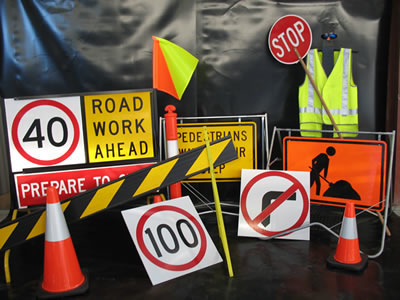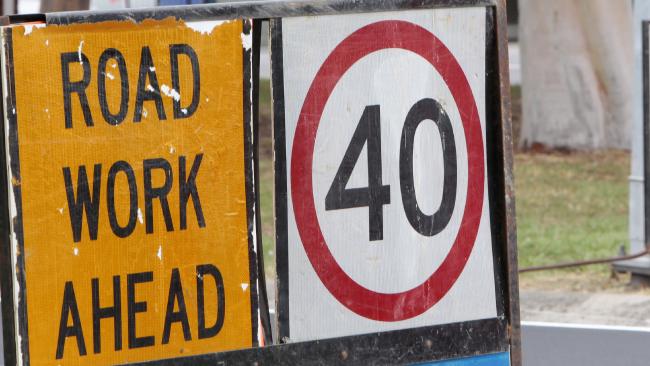While roadworks speeds in some jurisdictions can be as low 40km/h (25mph), the UK may be heading toward a standard 60mph (about 100km/h) on highway roadworks.
Speed limits through roadworks are reduced for the safety of road workers.
However, some riders question the low speeds when work is not happening and when workers are behind steal barricades or even up a side road.
Riders also claim their lives can be jeopardised by the sudden and dramatic drop in speed, especially when they are being tailgated by a large truck!
The problem stems from roadworks speeds being positioned too far ahead of the actual work and limits sometimes set too low, according to the RACQ.
Roadworks speeds
In most states of Australia, the roadworks speed limit is an enforceable 40km/h. Highway speed limits can vary right down to 40km/h, depending on the type of works.
In New Zealand, the lowest roadworks speed is 30km/h. In the USA roadworks speed limits are only advisory.
In the UK, highway roadworks speed limits are much higher from 40-60mph (64-100km/h).
To move toward a standardised speed limit for roadworks on UK highways, Highways England began a trial of 55 and 60mph speed limits in some roadworks.
They found “safety wasn’t compromised and customers preferred driving at 60mph”.
They have now asked roadworks companies to reconsider their speed limits.
Uniform speeds
Australian riders are also calling for more sensible and uniform roadworks speeds.
Russell Saunders of the Queensland-based Motorcycle Advocacy Group says “inappropriate speed limits” are a concern.
“Forty kilometres an hour on multilane roads is not sensible and the maintaining of those speeds when no work is being undertaken is just plain stupid,” he says.
“Those limits should be lifted when no road workers are in attendance, such as on weekends.
“I have ridden in many other countries and have formed the opinion that we are the worst for excessive over compensation towards ‘safety’.”
The Motorcycle Riders Association of Victoria also claims speed limits are often set with “blanket rules based on opinion rather than science”.




